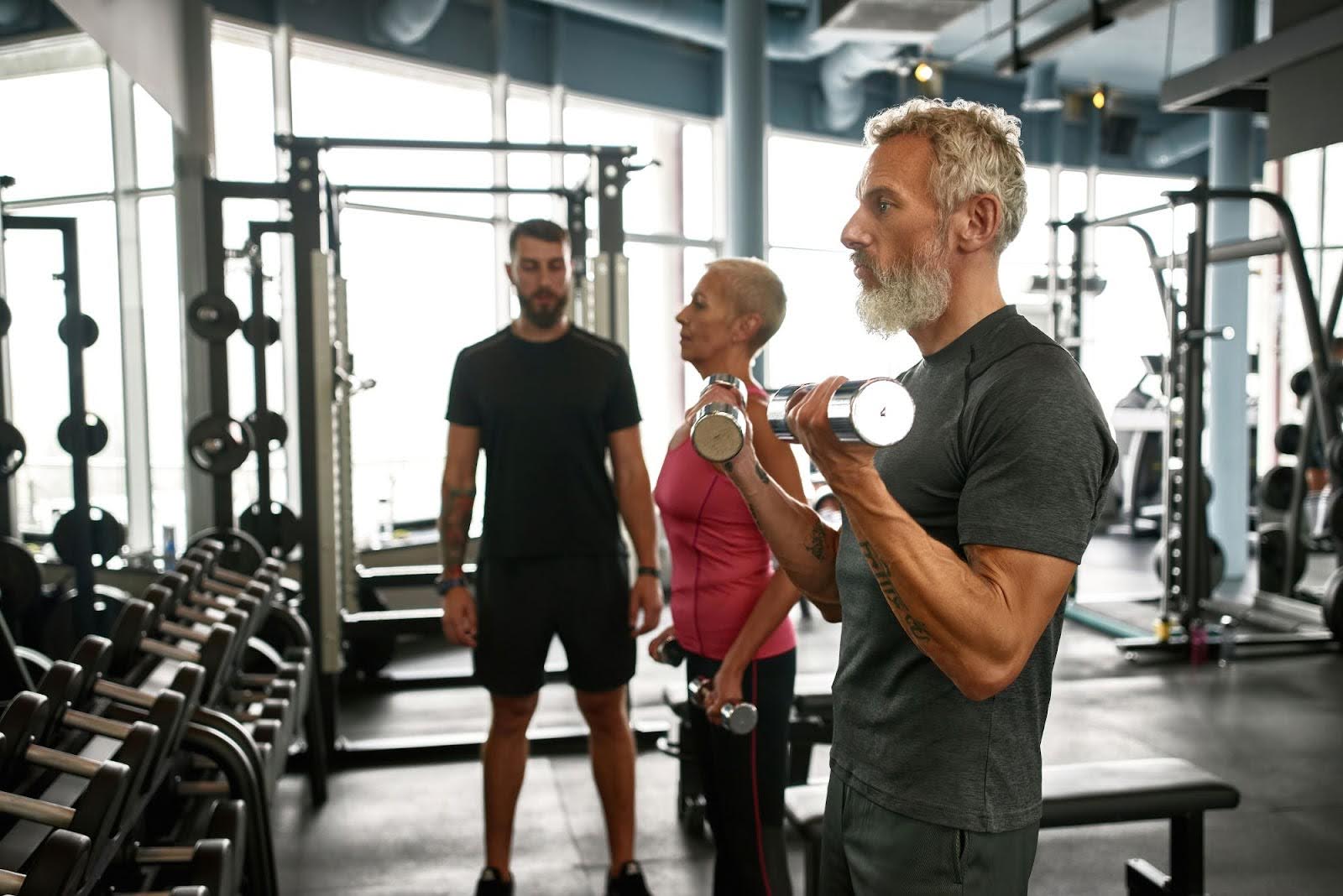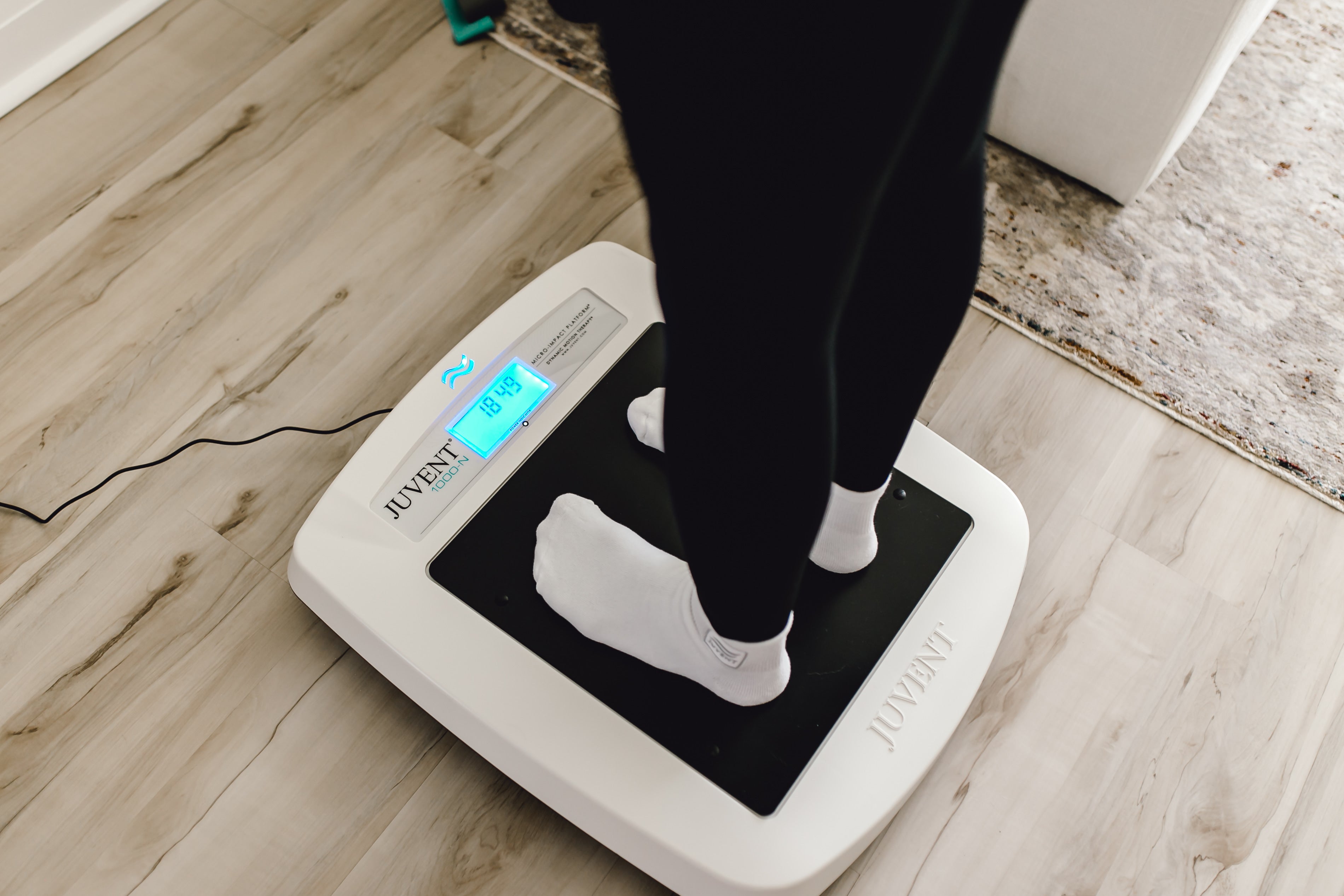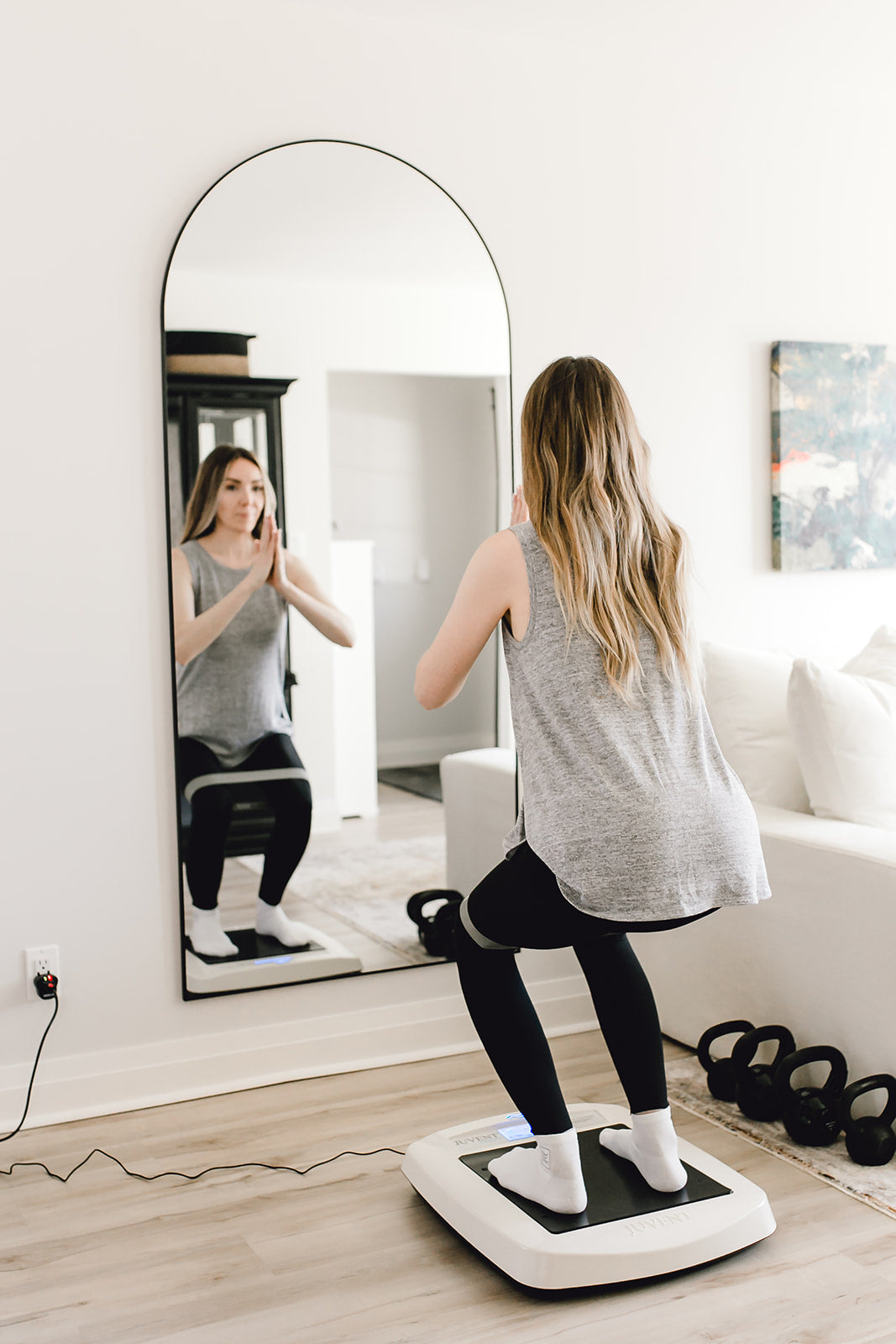At every stage of life, exercise is essential for physical and mental well-being. How we move and train should evolve as we age. Factors such as metabolism, muscle mass, flexibility, and how our heart rate responds all shift over time. This influences how we approach physical activity. When you understand how age impacts your body’s response to exercise and its abilities, you can maintain fitness, prevent injury, and support long-term health.
Exercise and Aging
How Does Aging Affect Exercise?
As we get older, our bodies experience natural physiological changes that can impact exercise performance. One of the most noticeable changes is decreased muscle mass and strength. Starting around the age of 30, muscle mass naturally declines, especially when you aren’t doing regular resistance exercises. Strength training becomes increasingly important to maintain muscle tone and prevent frailty. It has the added benefit of bone density preservation.
We also experience reduced flexibility and mobility as we age. Joint stiffness and decreased elasticity in muscles can lead to a limited range of motion. Incorporating stretching and mobility exercises can help keep you moving and decrease the discomfort associated with mobility loss.
Less outwardly noticeable is that our maximum heart rate tends to decrease with age, affecting cardiovascular endurance. Heart rate is often an indicator of the level of effort you’re exerting. You have to consider that at an older age, your heart rate will be much lower during effort than that of someone 20 years younger. If using heart rate as a guide for workouts, consider that the optimal range of beats per minute (BPM) will be different based on age.
Following exercise, the body needs to recover from strenuous activity, but this process also slows as we age. It takes longer for muscles and joints to resolve any effects from exercise, making rest and proper recovery techniques crucial. Juvent’s Micro-Impact Platform® offers a low-impact way to support joint and bone health, making it an excellent addition to an aging-friendly fitness regimen. Using it before or after workouts may enhance recovery and comfort, allowing individuals to stay active for longer. The platform is simple to use and automatically tailors the frequencies to the user, making it easy for people of all ages to reap the benefits.
Exercise and Aging: Adapting Your Routine
Rather than avoiding exercise, aging should encourage a shift in focus. Tailoring workouts to fit your body's changing needs can help maintain energy, mobility, and strength. It is about making the methods match your abilities.
Up to your 40s, the focus should be on strength training to build muscle mass and counteract muscle loss as you near your 50s. Prioritize cardiovascular health with higher-intensity activities that get your heart rate up. Yoga and mobility work are excellent additions for progressing your range of motion; the more you have as a foundation when you’re younger, the better.
In your 50s and 60s, you may need to shift to low-impact activities like swimming, cycling, or walking, though it varies depending on individual needs. Increased recovery time between workouts, especially intense ones, can help to prevent injury. Be sure to incorporate balance and stability exercises to reduce fall risks. Yoga and tai chi are popular options, with studies supporting their benefits.
As you reach your 70s and beyond, you should still be taking part in resistance exercises like bodyweight workouts or resistance bands. Exercise and aging are not mutually exclusive! Like anything, your capacity will be based on your current health and abilities. Functional movements should be performed regularly, like standing from a seated position, to maintain independence. Studies have linked difficulty rising from a chair to a higher risk of falling, which can result in serious injury and morbidity. Also look for activities that promote joint health, such as tai chi or water aerobics.
Exercise Heart Rate by Age
Age-based heart rate formulas (such as 220 minus your age) can provide a general guideline, but they do not account for important factors. Fitness level, genetics, and overall health should be considered when determining the right heart rate range for your exercise. Instead of solely relying on heart rate numbers, pay attention to perceived exertion levels, known as Rating of Perceived Exertion (RPE), and breathing patterns to help guide your exercise intensity.
How Much Exercise Per Day by Age Should I Be Doing?
Most medical and exercise authorities agree that adults should get at least 150 minutes of moderate intensity or 75 minutes of vigorous intensity aerobic activity per week, plus muscle strengthening activities at least twice a week. Similar recommendations apply for those over the age of 65, but with a greater emphasis on balance, flexibility, and low-impact movement.
Age and exercise go hand in hand. The key is to adapt workouts based on the body's changing needs while maintaining consistency. By combining strength, flexibility, balance, and cardiovascular training with smart recovery strategies, staying active at any age remains possible and beneficial. Listening to your body, making adjustments as needed, and incorporating supportive tools like Juvent’s Micro-Impact Platform can help ensure exercise remains a lifelong habit.
FDA Disclosure
In the US, the Juvent device is considered investigational for the treatment of osteoporosis or improvement/maintenance of bone mineral density and our claims have not been reviewed or cleared by the FDA to treat any disease or condition. (2) Calculated over the 20+ year expected life of a Juvent. The JUVENT® Micro-Impact Platform® is Registered as a Class I medical device for exercise and rehabilitation. JUVENT products are covered by the following issued patents, pending patents and their foreign equivalents: 6,843,776 6,884,2277,094211 7,207,954 7,207,955 7,985,191 8,114,036 11/369,611 11/486,538. Juvent, Dynamic Motion Therapy, Micro-Impact Platform, and the symbol are Registered trademarks of Regenerative Technologies Corporation.




Share:
Exercise and Gout: Staying Active Without Aggravating Symptoms
What Are the Most Common Post-Menopause Symptoms?